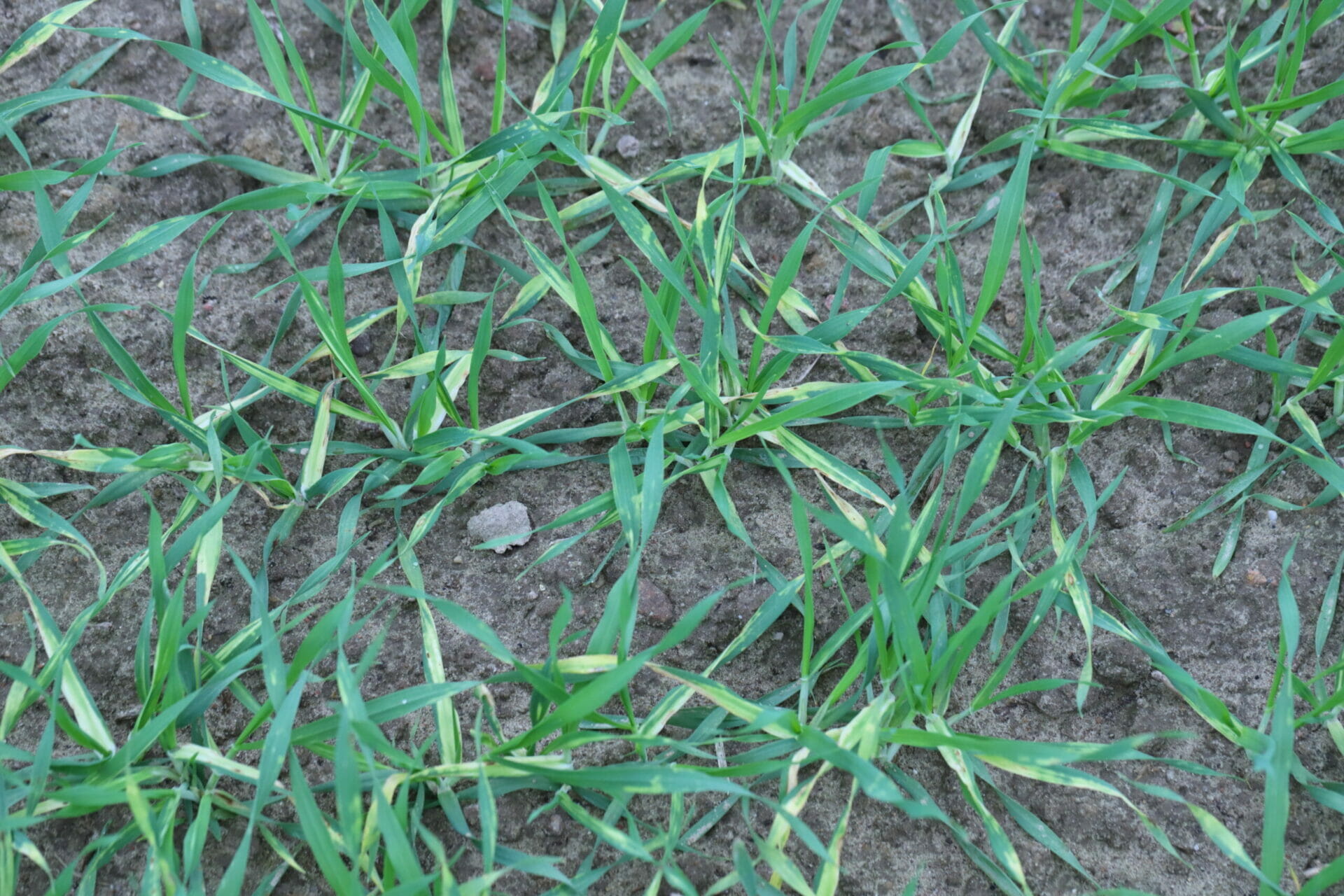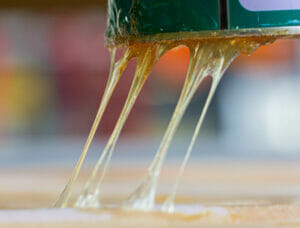Germination failure for farmers can be expensive. It is not just the cost of the seed but the field preparations and operations before and after the crop failure that need to be taken into account should a failure occur.
This article forms part of a series. Part 1: The Importance Of Seed Quality discussed the potential factors that can affect seed before it is sown. Part 2: Soil and Sowing, discusses seedbed preparation, sowing operations and environmental conditions. This final part covers the pests and diseases that can affect crop germination.
Pests
A number of significant pests and diseases that affect crop germination and establishment have been identified. The major pests include slugs, frit fly, leather jackets, wheat bulb fly and wireworm. The main diseases are Septoria seedling blight and Fusarium seedling blight. This list is not exhaustive, and there may be so-called ‘minor pests’ that occur infrequently but can be severe when they do.
Slugs
In wheat, damage is either in the form of grain hollowing, preventing successful seedling germination, or grazing of the shoot pre-emergence and/or the leaves of newly emerged plants reducing the rates of plant growth and survival. Considerable damage has occurred in late October and November on cereals where late drilling causes slow plant growth in cobbly seedbeds.
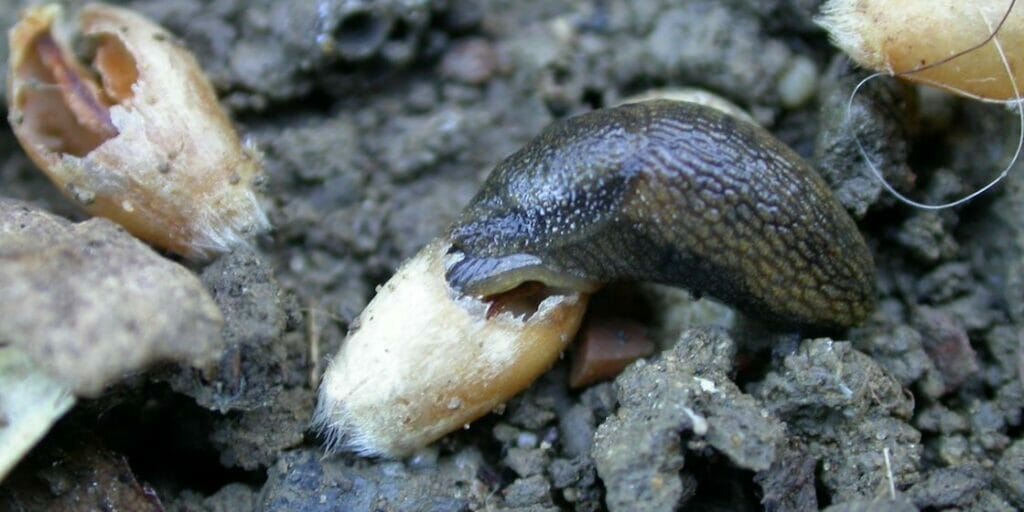
Frit fly (Oscinella frit)
Oats are the favourite host of frit fly, followed by ryegrass, especially Italian ryegrass. Warm and damp soil conditions favour larval migration in the soil. The larvae feed inside the shoots causing typical deadheart symptoms. As mentioned in Part 2, winter cereal crops after two-year old ryegrass leys are considered to be the most vulnerable to attack.
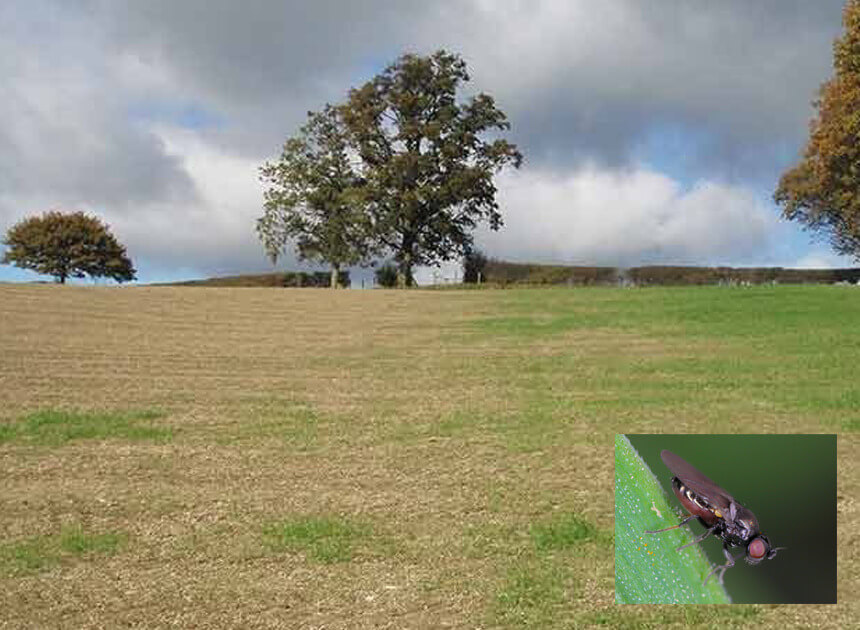
Leatherjackets (Tipula paludosa, T. oleracea)
Leatherjackets are the larvae of the crane flies, or daddy-long-legs. The larvae feed at the soil surface at night cutting through cereal shoots. When a grass field is first ploughed the larvae remain feeding on the buried plant material for several weeks before migrating to feed at the soil surface. Wet September weather enables the survival of high numbers of larvae. They feed whenever the minimum night temperature remains above 5°C so that winter crops may be progressively thinned throughout the winter. Spring-sown crops can suffer more rapid plant losses, as the leatherjackets grow over the winter and can feed rapidly.
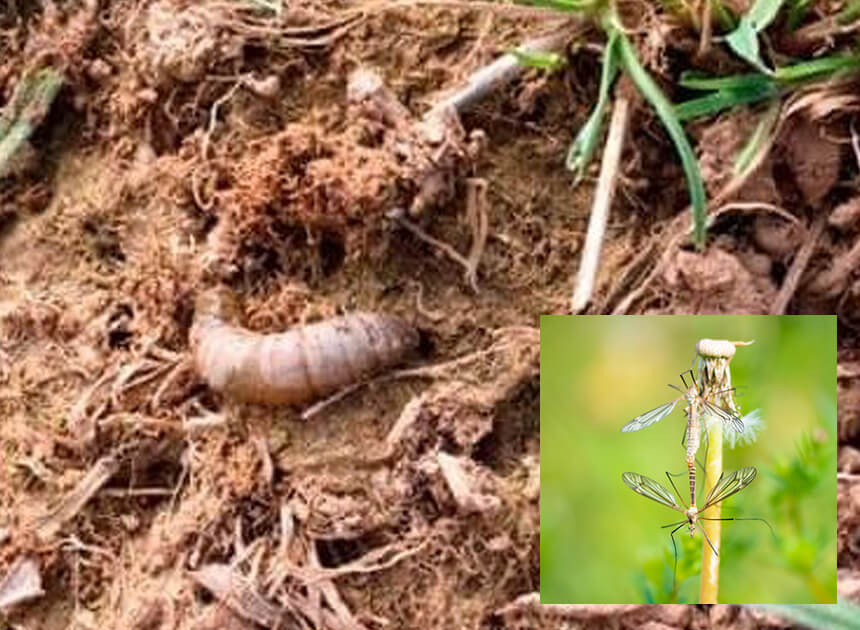
Wheat bulb fly (Delia coarctata)
This pest feeds on cereals and grasses. The damage caused is at its most severe with late November to February sown crops still at the single tiller stage. Plants are killed outright. Cold winters slow plant growth and increase the survival of wheat bulb fly eggs, which are laid on bare soil under sugar beet, potatoes and onions. Cereal crops sown after these crops are most at risk. The wheat bulb fly is mainly a pest of the arable areas in the east of England and Scotland, and affects over winter plant survival. Incidence fluctuates considerably from year to year depending on late summer rainfall.

Wireworm (Agriotes lineatus, A. obscurus)
Wireworms are the larval stages of click beetles. The larval stage lasts for 4–5 years and classically cereal crops following grass may be attacked in the first 2–3 years after ploughing out pasture. Wireworm larvae are quite polyphagous, feeding on a range of plant material and detritus. The larvae feed within the soil biting into cereal shoots, which develop classic ‘deadheart’ symptoms. The progression to winter cereal cropping and the introduction of set-aside have allowed the development of damaging wireworm populations in arable rotations. Linseed, flax and peas may have some resistance to wireworms and if incorporated into rotations could help control wireworm populations.
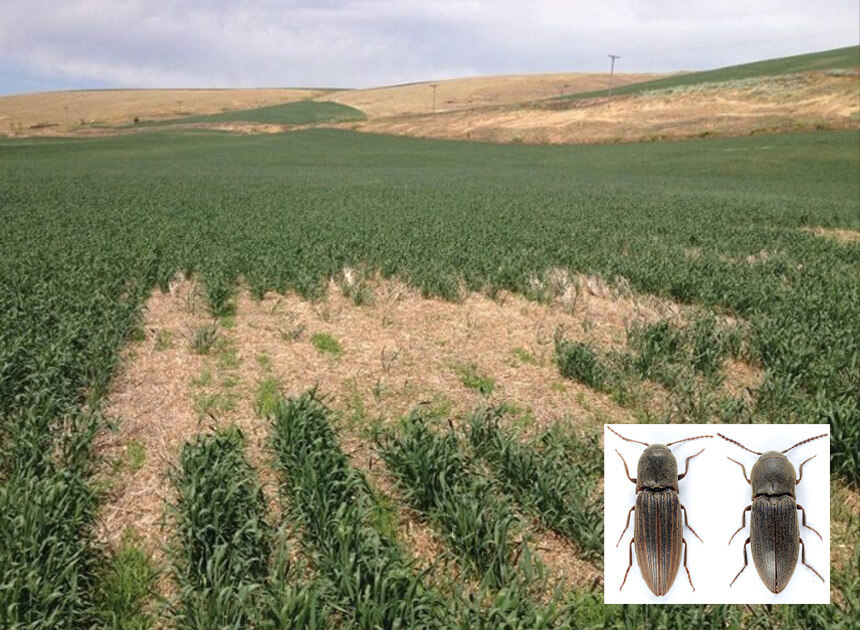
Diseases
Seedling blight or damping off disease can be caused by several different fungi or fungal-like organisms present either in the soil or on the seed, but the symptoms of seedling collapse and rot are broadly similar. The pathogens responsible include Pythium, Phytophthora, Rhizoctonia, Parastagonospora, Fusarium and Microdochium species, the latter three being the most important.
Septoria seedling blight (Parastagonospora nodorum)
P. nodorum can be seedborne and infect seedlings in cool, wet soils. The most common effect is poor plant establishment. It can also result in water-soaked, dark green areas on the coleoptile, the pointed protective sheath covering the emerging shoot, which later become necrotic. Twisted, distorted and stunted seedlings may also occur. It is likely that the seedborne phase is responsible for septoria seedling blight, also known as ‘damping off’. Seedlings can also be infected by spores released from stubble. Successive infections throughout the season result in ear infections which contaminate the seed.
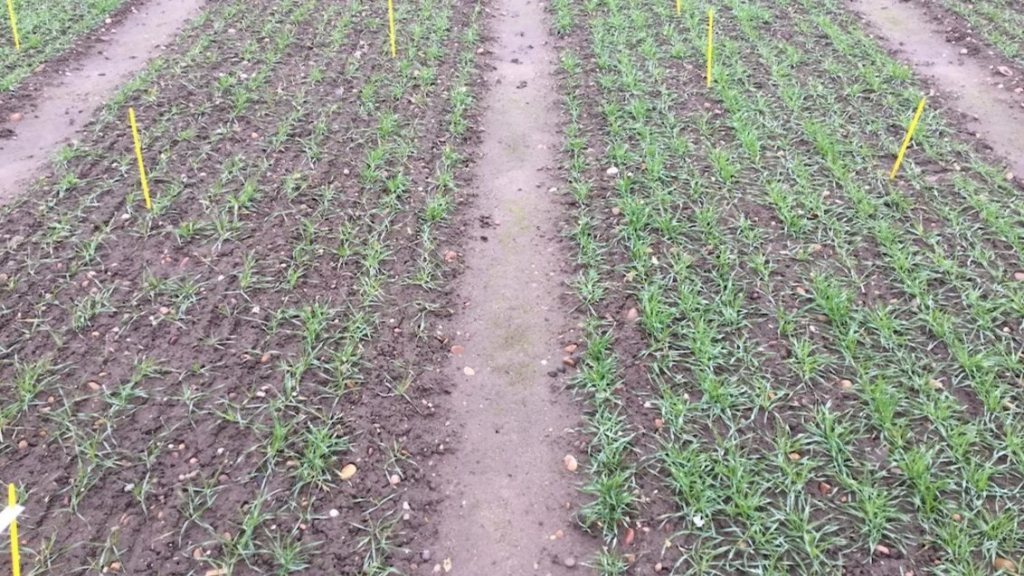
The Fusarium species complex (Fusarium and Microdochium species)
M. nivale is the primary pathogen in the group that causes seedling blight also known as damping off. This can result in seedling death and poor establishment. Surviving seedlings may develop a brown lesion around soil level. This can develop into foot and root rot. Symptomless infections can also occur. Seedling blight caused by M. nivale is most severe under cool, wet soil conditions, whereas seedling blight caused by F. graminearum is most severe under warmer, drier soil conditions. Because fungi in the Fusarium species complex are carried within the seed coat, rather than superficially on the seed surface, they are not easily controlled by surface-acting fungicides.
Summary
Factors that generally lead to a uniform germination failure include:
- problems with the seed batch that could be caused by inappropriate storage conditions or uneven seed treatment
- field effects such as previous crop
- seed bed preparation and soil type
- seed variety
- sowing date
- depth and density
- weather conditions
Factors that generally lead to patchy germination include: pests and diseases; frost and waterlogging depending on the geography of the field.
Most of the factors can be identified when symptoms appear, but seed source, seed cleanliness, storage conditions and seed treatment applications cannot be determined once the seed has germinated, which is why it is important to obtain seed from a certified source.
All of these factors must be considered when investigating the causes of germination failure.
About the Author
James has over 20 years’ experience in his field, and is experienced in investigating the causes of plant diseases, crop failures and spoilage of fresh produce.
He has worked on projects to breed genetic resistance to diseases in oilseed crops and published research into the effects of climate change on plant diseases in the UK. James has also managed a portfolio of field and glasshouse research projects, gaining extensive experience in plant disease diagnostic techniques.
James joined Hawkins as a Senior Associate based in our Reigate office after four years at Berry Gardens Growers, the UK’s leading berry and stone fruit cooperative. During his tenure, he set up the plant disease diagnostic laboratory, and used his expertise to diagnose crop problems and fruit rots and advise growers on disease management strategies.
James has investigated cases of crop germination failure, crop storage problems, fallen trees, mould contamination, pesticide damage, wildfires and plant disease outbreaks in domestic and commercial settings.
